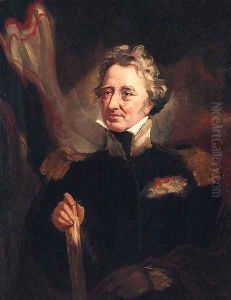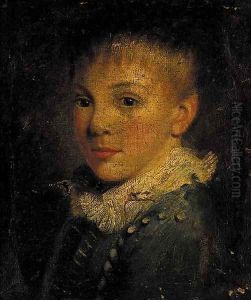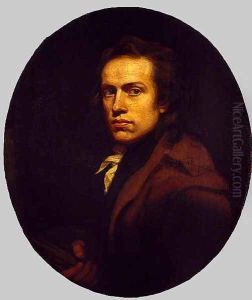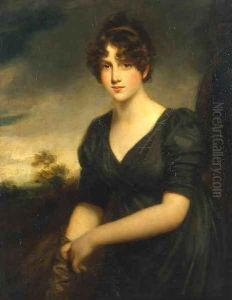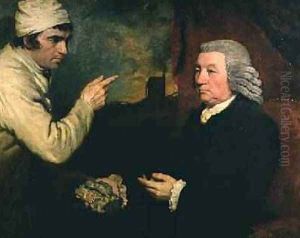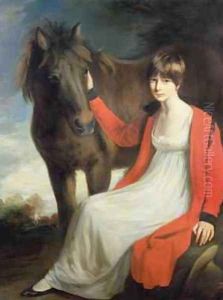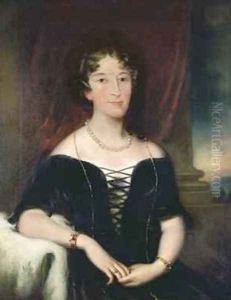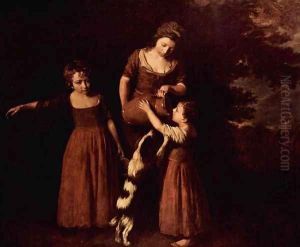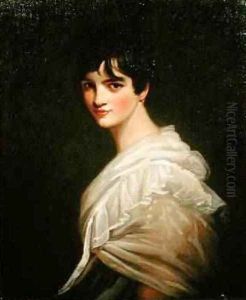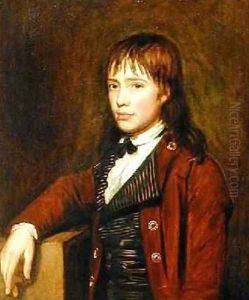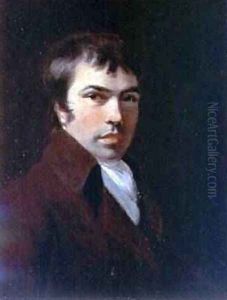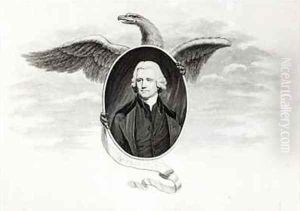John Opie Paintings
John Opie was a British painter born in May 1761 in St. Agnes, Cornwall, England. Known for his portraits and historical subjects, Opie's talent was recognized at a young age. He was initially taught by his father, who was a carpenter, but his abilities soon surpassed the rudimentary training available to him in his rural surroundings. Opie's talent caught the attention of Dr. John Wolcot (Peter Pindar), who became his mentor and introduced him to the London art scene in 1781.
In London, Opie quickly gained recognition as a portrait painter. His naturalistic style and ability to capture the character of his subjects made him popular among a wide range of clients. He was dubbed 'the Cornish Wonder' and attracted the patronage of leading figures of the day, including members of the royal family. Opie's work was exhibited at the Royal Academy, where he became a member in 1787, further solidifying his status as a leading artist of his time.
Despite his success as a portraitist, Opie had a keen interest in historical painting, which was considered the most prestigious genre of the time. He dedicated much of his career to producing works that depicted scenes from history and literature, striving to infuse these compositions with emotional depth and moral seriousness.
Opie's academic pursuits were also notable. In 1805, he was appointed Professor of Painting at the Royal Academy, where he lectured on the principles of art and painting. His lectures were published posthumously and were influential in shaping the art education of the time.
John Opie's career was cut short by his untimely death in April 1807, at the age of 46. Despite his relatively brief career, Opie made significant contributions to British art, particularly in the realm of portrait painting. His works are characterized by their strong, expressive realism and are housed in various prestigious collections, including the National Portrait Gallery in London. His legacy is that of a self-taught artist who rose to prominence through sheer talent and determination, leaving a lasting impact on the art world.

